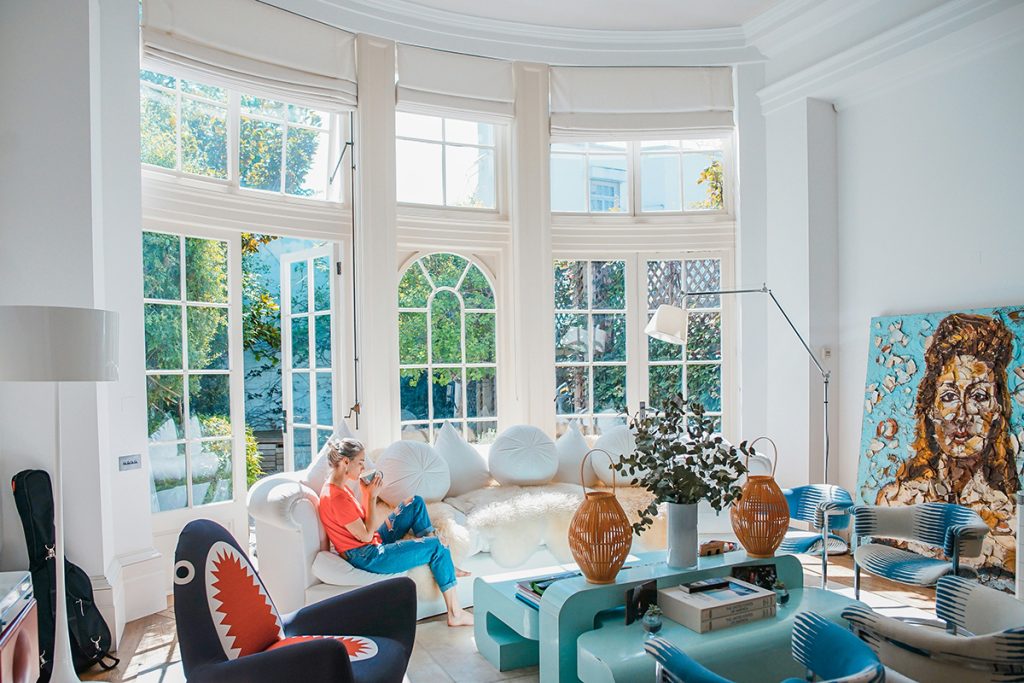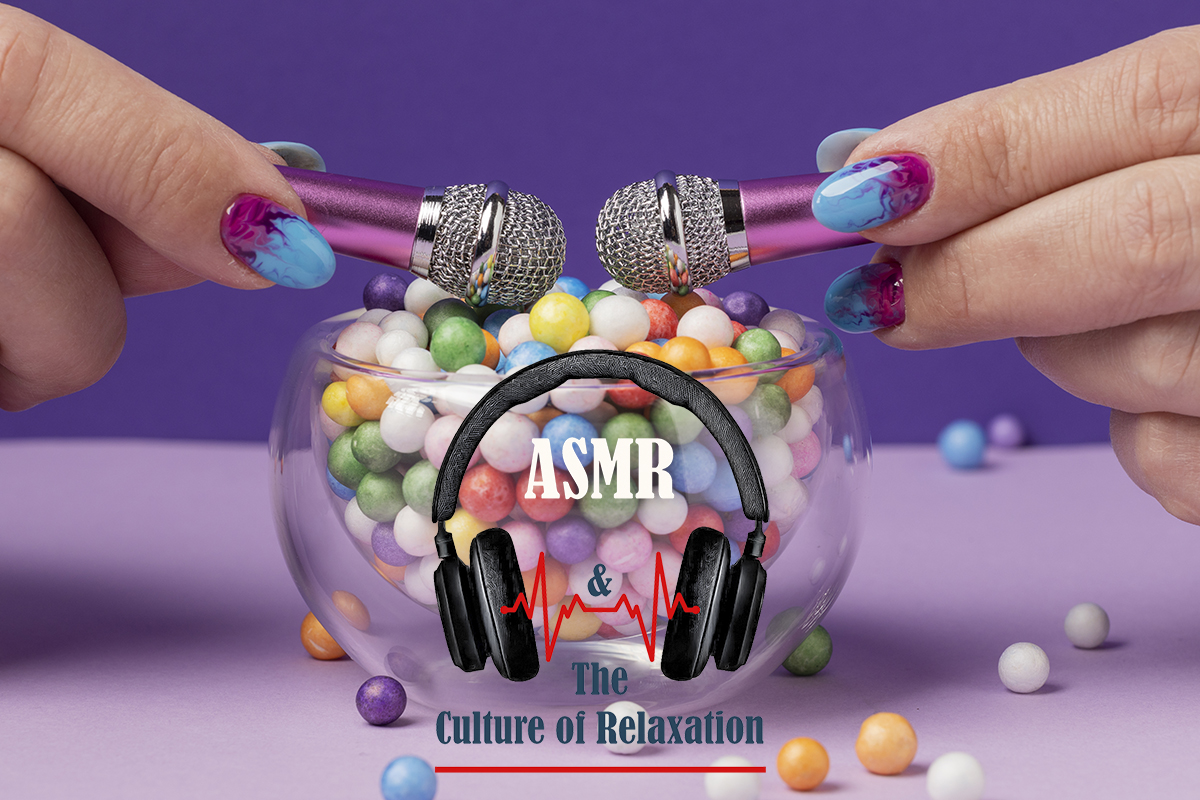Are your decorating styles more Boomer, Gen X, Millennial, or Gen Z?
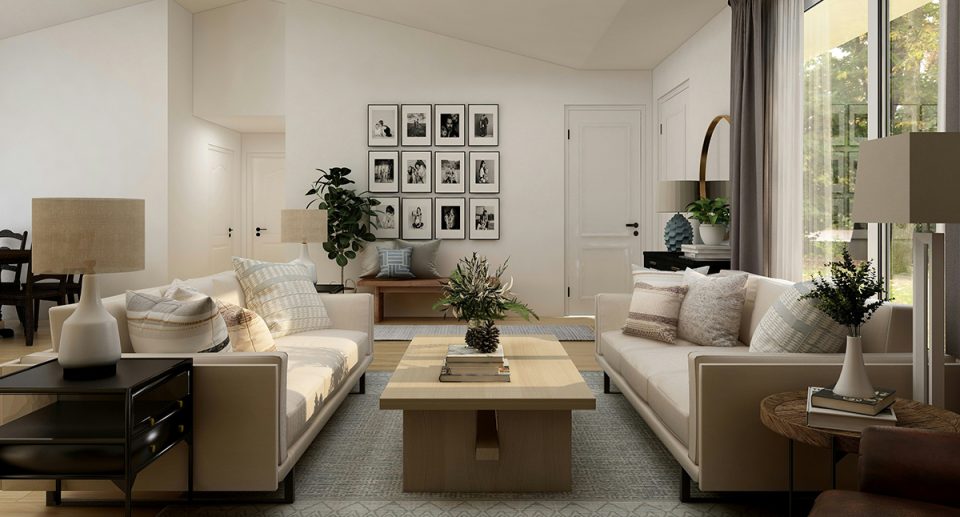
Interior design with its various decorating styles is rich with nostalgia. Many people can vividly recall the look of familiar spaces—such as the layout of your grandma’s living room or the arrangement of posters in your childhood bedroom—making us feel connected to the past.
This collective fondness for bygone eras can extend to aesthetics we never personally experienced, like the intricate patterns of the Victorian era or the vibrant colors of Bauhaus. The old can indeed become new again, especially within the home.
As tastes evolve, it’s no surprise that certain decorating styles choices come to define particular times and places. With significant generational shifts in music, culture, and politics, it’s natural for interior trends to reflect these identifiable generational markers.
While generational gaps may be inevitable, one thing remains constant: we all have a soft spot for certain design choices. There’s no shame in cherishing those decorating styles from the past, and there certainly shouldn’t be any in reminiscing about them now.
Trends may come and go, but cherished memories last. Here, we explore the most popular decorating styles from four different generations, and perhaps you’ll recognize some of your own memories among them.
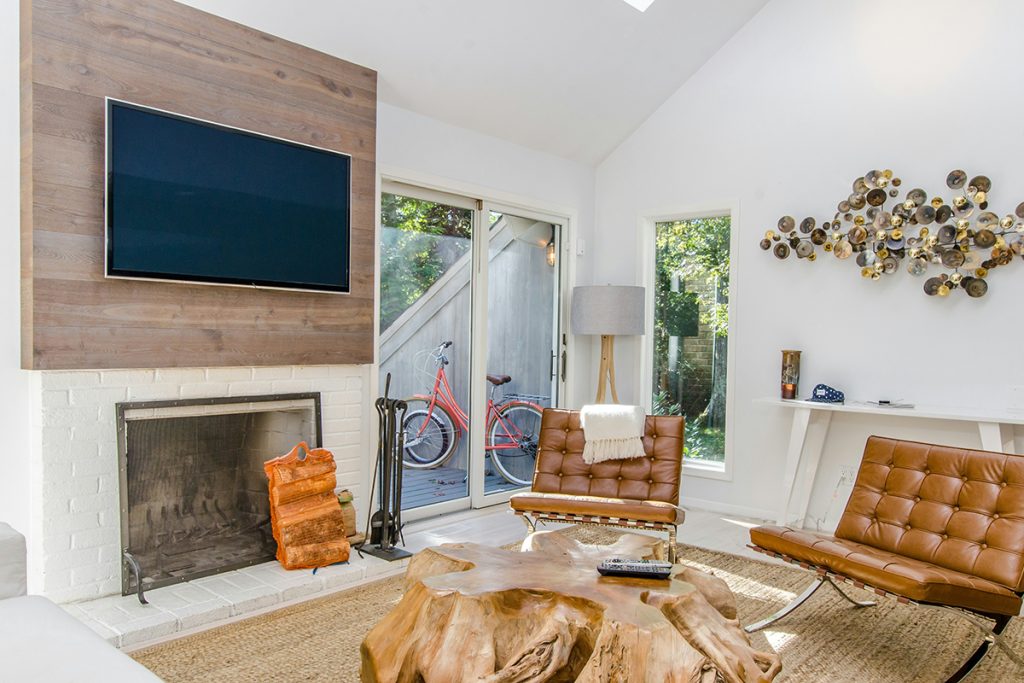
Read on for a nostalgic look at some decorating styles from the past.
The decorating styles of Baby Boomers
The Baby Boomers, born between 1946 and 1964, emerged in an era that transitioned from World War II mass production to civilian life. It’s no surprise that when thinking of the style that represents your parents’ generation, matching furniture sets come to mind.
Many parents still have the original bedroom sets they bought when they first married, often in 1980. These sets were typically crafted from dark-stained wood with heavy hardware and intricate millwork, designed to withstand years of use. They were ideal for showcasing a variety of items.
Department stores with eye-catching showrooms made these furniture sets highly desirable, but that’s not the only style associated with this generation. Baby Boomers also embraced “shabby chic” décor, featuring distressed wood and farmhouse influences.
This ‘rustic elegance’ reflected the ‘90s ethos, combining a relaxed aesthetic with a touch of luxury. It was likely a reaction against the sleek, high mid-century modern design favored by their parents’ generation.
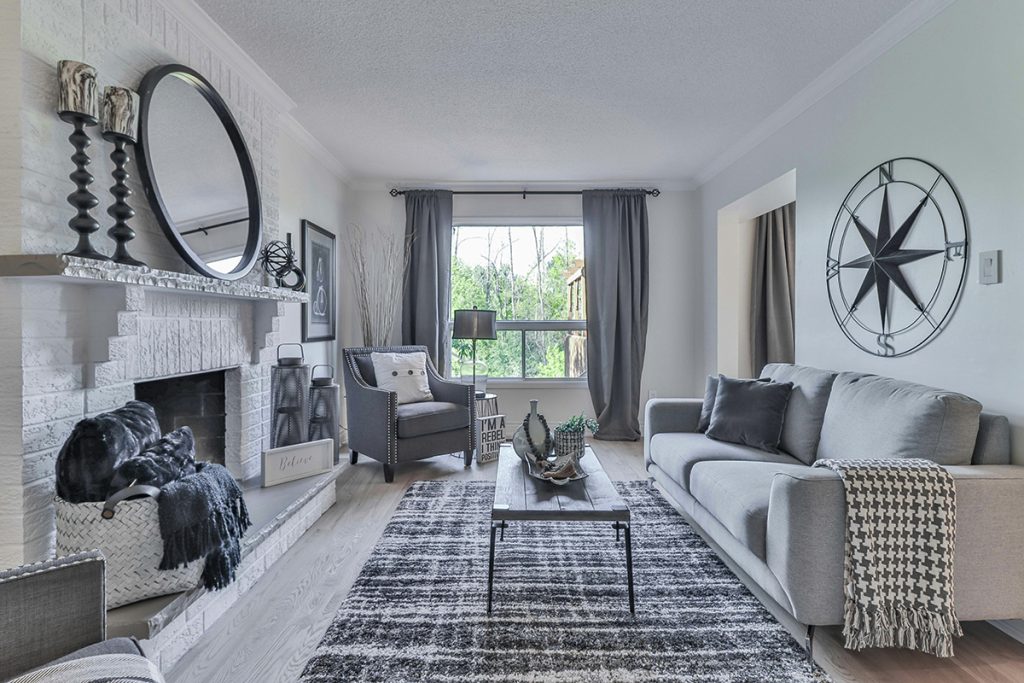
The decorating styles of Generation X
While Baby Boomers were grooving to the Beatles, Generation X—born between 1965 and 1980—were tuning into Nirvana on their Walkmans. Despite their distinct musical preferences, both generations share a fondness for 1970s design.
For many, Gen X evokes images of the ‘70s with elements like lava lamps, shag rugs, and vinyl record decorations.
This generation’s style is characterized by its embrace of industrialism, reflecting their punk rock fashion choices, such as plaid patterns. Unlike Baby Boomers, who preferred suburban life, Gen X was drawn to urban environments.
Instead of the faded white ‘shabby chic’ look, Gen X favored raw steel and an all-black aesthetic. This generation also embraced a range of decorating styles in a rebellious spirit, opting for an eclectic mix rather than uniformity. Mixing and matching was a defining feature of their design approach.
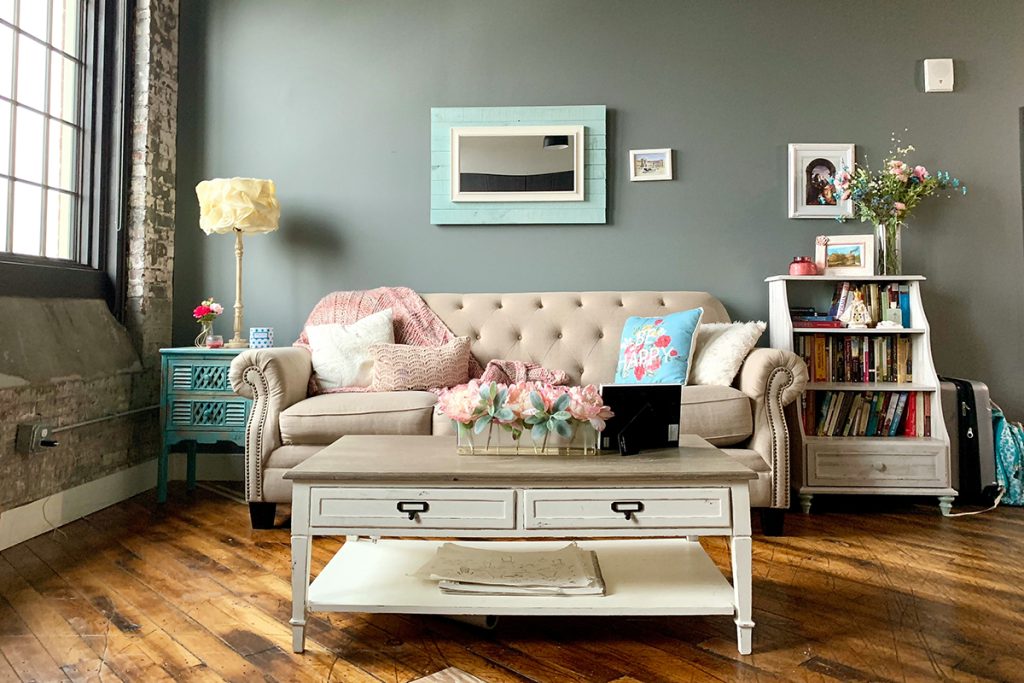
The decorating styles of Millennials
The last generation to experience life before smartphones, those born between 1981 and 1996, are credited with popularizing sustainable living. They embrace a ‘less is more’ philosophy. If this cohort could be defined by a specific look, it would likely come down to a color—Millennial pink.
The popularity of this color reflects a broader fondness for various shades of pink, which many adults still appreciate. This trend harks back to the idea that a pink inflatable sofa could have been the key to our high school social lives.
The rise of the Internet has made it challenging to pinpoint a single Millennial style. Beyond the muted pink that defined the #Girlboss era, this generation has been characterized by a spirit of experimentation. While Millennials are hard to categorize, one might describe their style as ‘casual elegance,’ often embodied by the ‘coastal California’ look, which enjoyed significant popularity for a time.
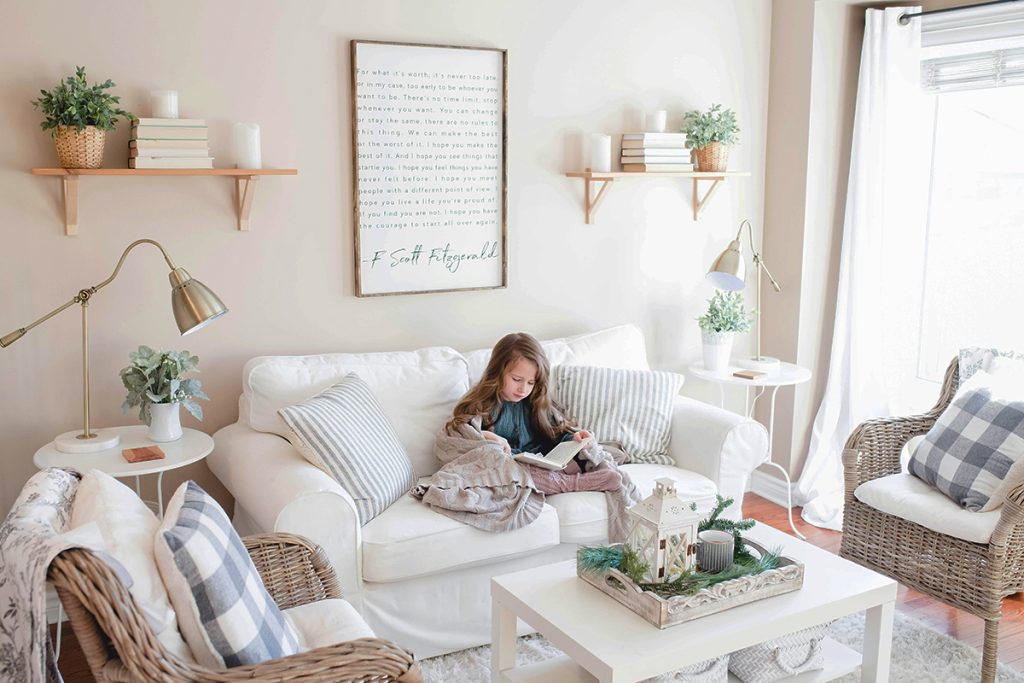
The decorating styles of Generation Z
Defined by their relaxed attitude toward social norms and their effortless presence online, those born between 1997 and the early 2010s make up Generation Z. While their tastes are still evolving, if they have a distinct style, it’s characterized by a desire to differentiate themselves from previous generations.
Gen Z aims to establish a unique aesthetic that sets them apart. This is evident in trends like neon and candy-colored, bubble-shaped furniture. They’ve adopted Millennials’ focus on sustainability but combined it with a maximalist approach, incorporating vintage and thrifted pieces.
Additionally, Gen Z embraces the ‘moody academia’ look, featuring dark paint colors, a library-like atmosphere with plenty of books, and cozy lighting. They tend to dislike overhead lighting, and they may be onto something there!
It’s natural for a generation to develop multiple recurring themes in their style, which may be remembered or forgotten over time.
Design is always evolving and often draws on past influences. For example, the popularity of cottagecore can be traced back to the tastes of the Silent Generation. Design has the power to bridge generational gaps, though many design lovers today vow never to buy a matching furniture set again. We love you for that, Baby Boomers!
